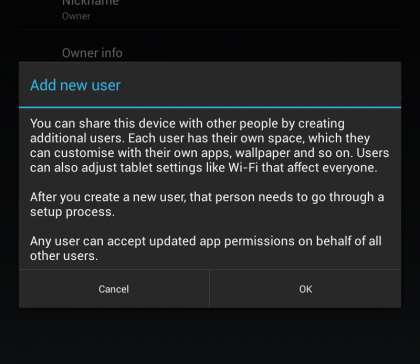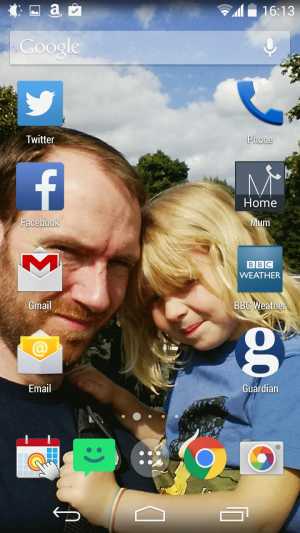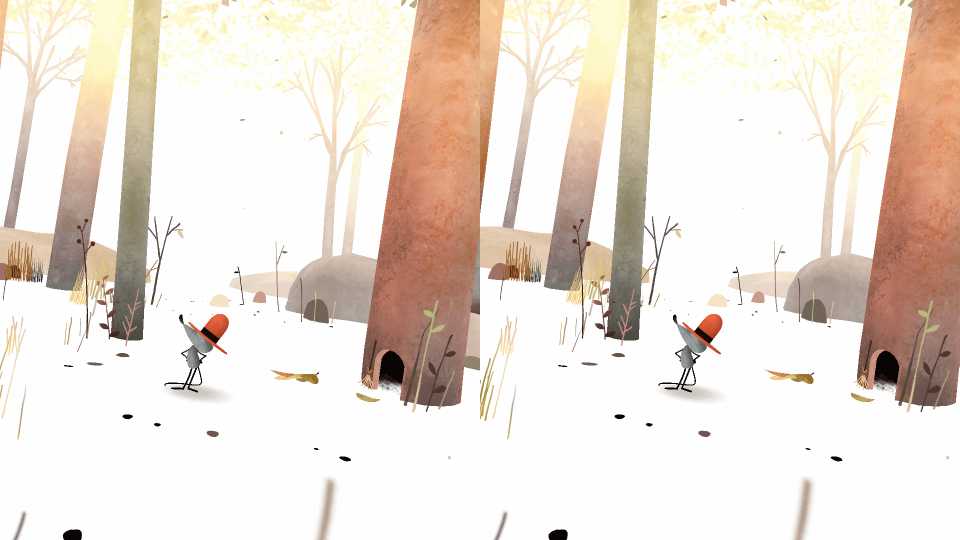Both the big mobile operating systems are pretty slick these days. The new iOS 8 adds lots of cool new stuff to iPhones and iPads, especially in the way it helps them work together, and work with OS X on Macs. However, it's still not perfect and there are some features we'd dearly like to steal from Google's Android OS, which is itself about to updated to Android Lollipop .
So here's our list of Android features we'd love to see in iOS. Some of these are very reasonable requests that may well happen, some are very sensible but are never likely to happen, and a couple of them aren't so serious at all. Enjoy.
By the way it's not all one way traffic; Google could learn a fair few lessons from Apple when it comes to mobile operating systems, so we'll be doing our 'iOS features we'd like to see in Android' soon too.
MULTIPLE USER ACCOUNTS
Android added proper support for multiple users top Android a while back now, and it's a brilliant idea on tablets. You can have numerous users accounts, each of which has its own login password (if desired) to access their own homescreens, apps, email, media, browser favourites etc. Essentially the whole device changes depending on who is using it.
You can even set up a 'restricted profile' which acts a sub-account on your main account and lets you choose which applications your kids can see and access when they're using the device. It's all built into the operating system and works brilliantly, letting you share a tablet around your home without wondering who's got it and what they're doing. Bravo Google.

PLACE ICONS AS YOU WISH
In iOS you can choose which screen an app goes on, but you can't place it exactly as you want, as the apps and folder automatically form up into full rows from the top-left hand corner across and down. On Android you can arrange your apps (or in this case shortcuts to apps) as you want on the screen, so one screen might have four apps with a similar theme down one side and another four down the other, being able to organise things this way makes it easier to remember where things are, and means you can organise your icons around your wallpaper. The rigid icon placement in iOS feels unnecessarily limiting by comparison. By the time you've had your phone for a year and have added multiple screens of apps, it can be tricky to find the one you want too - even with liberal use of folders for organising rarely-used apps.
CONTACT SHORTCUTS
Most of us phone or text the same person far more than anyone else, our significant other so to speak. ON Android you can have a shortcut to phone, or open a text message, to that person on the home screen. One tap and the number is dialled, no fuss, no effort.

^ Icons where you want them, and a single-tap shortcut to phone Mum
Although there are contact shortcuts on iOS 8, it's a multi-step process; double-tapping the home key reveals the multitasking screen, with recent contacts shown at the top. Tapping the relevant icon then shows possible ways to get in touch, with a final tap opening the relevant app (dialler, messages or Facetime). There's no way to add shortcuts to WhatsApp, Facebook Messenger or any other third-party IM app, either, meaning you have to open the relevant app and find the contact in order to get in touch.
WIDGETS ON HOMESCREEN
Apple has now added some widget-like functions to iOS in the Notification Centre's Today tab, but these still require you open it up to have a look. Android widgets, which sit wherever you like on the homescreen still seem easier and more natural to use, providing information immediately if placed on your main home screen. Train times to weather updates, there's a widget for pretty much everything and many can be resized to make the most of the space you have available. It's a good start by Apple, with developers already finding clever ways to add Widget functionality to their apps, but Android is ahead here still.
IDENTIFIES UNRECOGNISED INCOMING CALLS
We hate being phoned from an unrecognised number, and used to send most such calls straight to voicemail. Thankfully Google came up with a very clever way of giving an identity to those calls, it simply looks them up using its own huge database of businesses. So if your car is in the garage and they phone the mobile number you left them, Android will quickly search for the number online, often find it, and add the information (including often a picture and location) to the incoming call information. You then know it's the garage calling, and can answer the call with confidence. A simple idea, but a great one.
SEARCH CONTACTS WITH NUMBERPAD
A simply one this, but you can tap in a name using the alphanumeric keypad and it will automatically bring up names with those letters in – so tapping 6-8-6 will bring up MUM as well as Trevor NUNn. It's a little thing but we can't work out why iOS has never added support for it.

GOOGLE CARDBOARD
With a bit of cardboard and a pair of inexpensive plastic lenses, plus a smartphone of course, Google has created a very impressive little VR demo unit, the only downside being it only supports a handful of the innumerable Android handsets. We can't see any reason why Apple couldn't do something similar, and with so few handsets to support compatibility would be far better. Write the API and the developers will come, even if you have no intention of making the hardware yourself.

^ A Cardboard-like API for Apple would surely drive huge app sales
